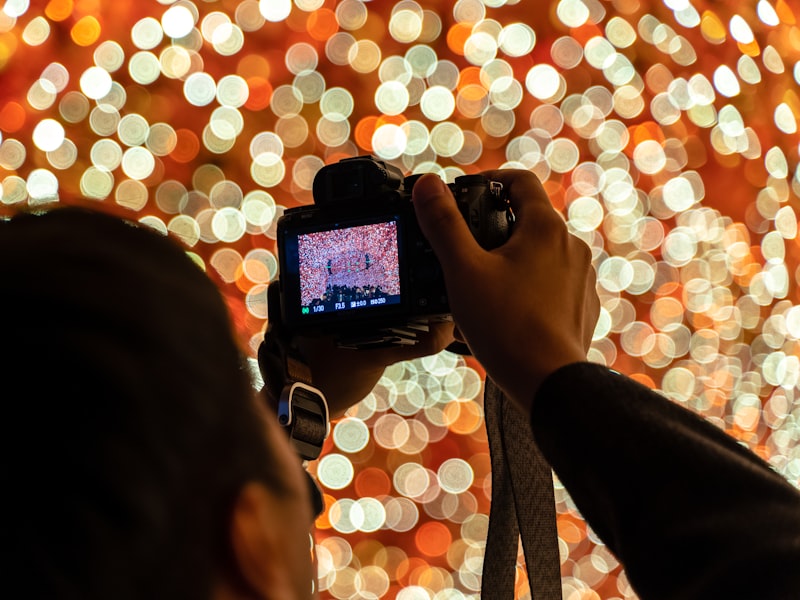The history of massage therapy goes back to 3000 BCE (earlier) to 3000 CE (or even earlier) in India, where it was once considered to be a sacred medical method of healing pure. Massage therapy was first utilized by Ayurveda practitioners, mostly Hindus.

Massage was first discovered in the earliest days of Greece, when Hippocrates, the founder of medicine, began to study the healing properties of rubbing up the body's tissues. He noticed the similarities between human skin and mountain sheep's skin. He realized that rubbing your body would increase circulation and ease tension in the muscles, which could lead to better health and overall well-being. Hippocrates was the first to discover modern massage techniques in the Hellenistic period. Hippocrates was probably in some way influenced by Indian techniques, and massage techniques were introduced to the west by Hippocrates.
In the course of time diverse cultures from all over the world began to adopt and develop different massage techniques and techniques, with some, such as the Chinese massage being completely different from the original. The primary purpose was to encourage healing, and to ease pain. The massage spread across Europe and Asia, it became known as shiatsu in Japan as well as suvarna in India (also known as Indian Head Massage), talmyasa in China (also known as Chinese Tantra Massage) and Ludwig in Germany and Scandinavia. The Chinese Acupuncture Massage is the modern-day version of Chinese massage.
Many countries in the east and west have adopted this art as well as many of its ancient traditions. Although there are many different types of massage, all have one thing in common: a holistic approach to treatment. The treatment is not only focused on reducing pain but also promoting healing within the body. Some types of Chinese massage also include acupuncture, herbs, and meditation. These are believed to be in synergy to improve overall health and well-being. The theory is that it's safe and effective because it was created by Asians who have been treating joints and muscles for many centuries.
Reflexology, which is a Chinese-based kind of massage therapy, is among the most important branches of massage therapy in the modern age. Reflexology is a form of massage that applies pressure to specific areas of the hands, feet and even the soles of feet to relieve aches and discomforts. Although it was thought to be extremely efficient by the ancient Egyptians however, modern techniques are more sophisticated. Reflexology can be used alongside any of the other basic massage therapies, or it can be used on its own. The technique was originally used to treat foot-related issues like leg pains and aches. However, it is now considered a part of Chinese Acupuncture Massage.
The old Egyptian massage techniques were similar to the techniques used by the Egyptians. pressing, rubbing, and kneading using hands or the palms of the hands and fingers. Massage oils were also utilized to provide essential lubrication, nutrition. Their techniques also included massage cushions that were worn under or wrapped around the buttocks and thighs to create friction.
The ancient Chinese massage employs effleurage as well as gliding strokes. Effleurage is a stroke used to warm up and loosen muscles prior to gliding strokes are used to reduce soreness and increase circulation. Gliding strokes are referred to as ping-pong strokes, and are used to stretch muscles. Both effleurage and gliding are considered to be beneficial to injuries to soft tissue. The Chinese also use the notion of lymphatic drainage, meaning that the body cleans itself by circulating lymph.
When we look at the the history of Greece and Rome we can see that both Hippocrates and the Romans used the classic massage techniques. Hippocrates was the founder of medicine and believed that illness begins in the body and that the most effective treatment was prevention through preventative care. Romans utilized massage therapy and Hippocrates's principles were later applied by Sigmund Freud, one of the Roman physician.
